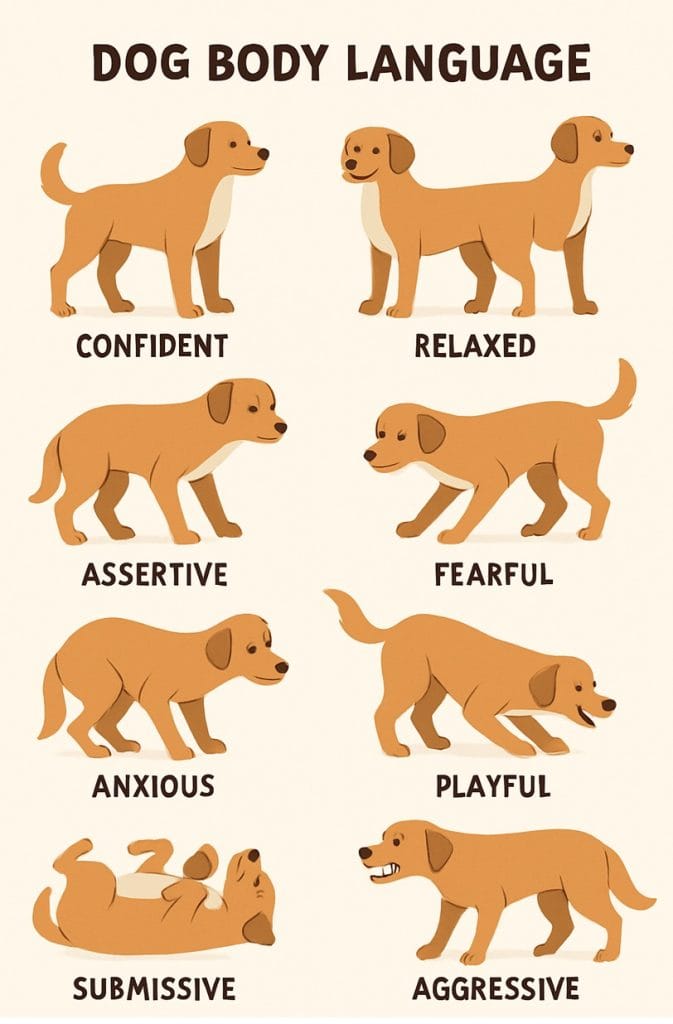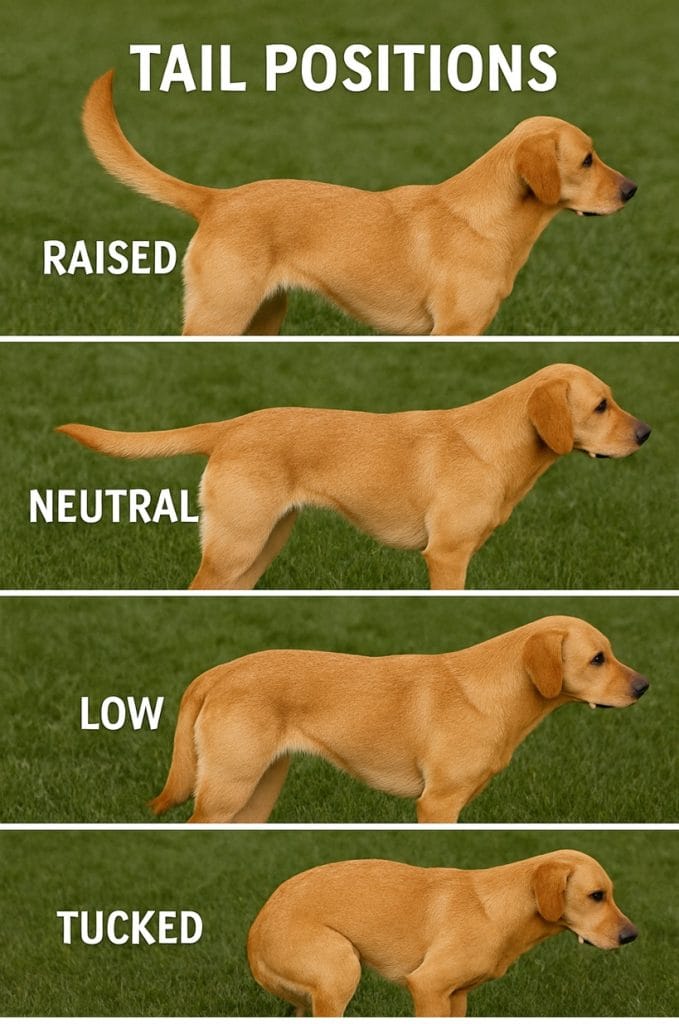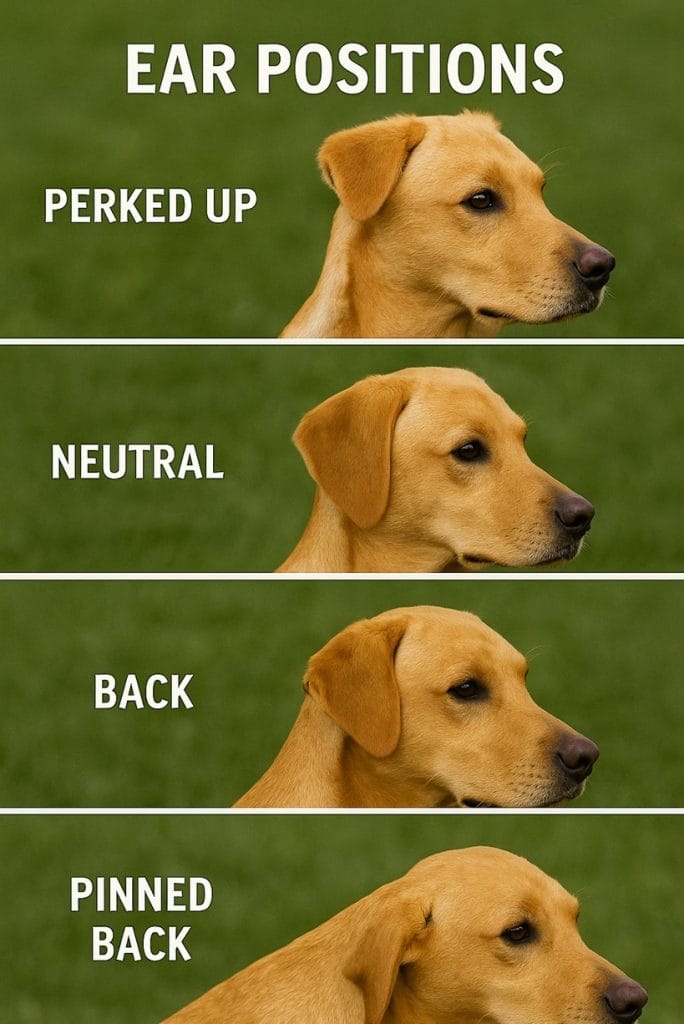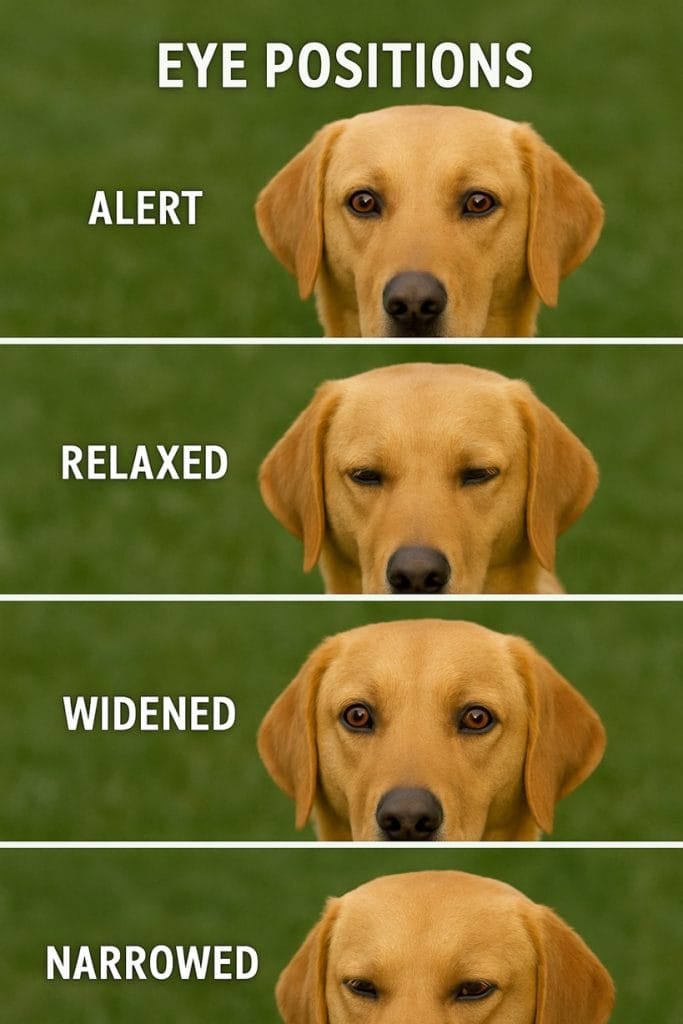If you are a dog owner, you must be wondering about one typical question – “What is my dog really feeling or trying to say?”It may be important to learn the body language of your dog and create a deeper bond. In fact, understanding the body language of the dog can help you keep your dog happy and safe.
This blog will help you understand different aspects of your dog’s body language and thus build a perfect rapport with your pet.
As per a recent research by AAHA, a proper understanding of behavioural problems can help avoid the relinquishment of your pet dogs. The study reveals that the typical behaviour of a dog is influenced by age, breed, and environment – even when genetics does play a role. That is exactly what forms the basis for this post – to help you create a positive environment for your pet dog.
Why Understanding Dog Body Language Matters?
Well, dogs do not “talk” like we do. But, they keep communicating throughout the day. They do it through their actions. Barks and growls are just occasional communications. Interpreting the bodily actions indeed needs a lot of patience and practice.
Understanding body language can help you in several ways –
-
Prevent miscommunication that can cause fearful behaviour or aggression.
-
Spot early signs of stress, illness, or fear – before problems escalate.
-
Build trust and a loving relationship by responding to your dog’s true needs.
Expert Tip: Dogs rarely show “guilt.” Most sheepish behaviors actually signal appeasement or stress, not wrongdoing.
A study published in Applied Animal Behaviour Science reveals the need for understanding body languages like tail positions, ear movement and posture can play a very major role in recognising any stress signals in your dog.
The Dog Communication Toolbox – Check These Out
Well, here are a few communication cues that can help you understand what your furry friend is trying to tell you. We will check out the different body parts and analyse them.

- Observe your dog’s body language daily.
- Respond to stress cues promptly and kindly.
- Reinforce positive signals with praise or treats.
- Consult a trainer or veterinarian if you notice new, persistent signs of fear or aggression.
- Always prioritise your dog’s emotional safety – it’s the key to a happy, well-adjusted pet.
Tail Positions
The tail for a dog is not just used for scaring away the flies. A dog uses different tail positions to communicate different feelings.

High, Stiff Tail
A tail held high and rigid indicates:
-
Confidence or dominance
-
High arousal (could be positive or negative)
-
Alert attention to stimulus
Low or Tucked Tail
According to the American Kennel Club, a low or tucked tail signals:
-
Fear or anxiety
-
Submission
-
Uncertainty about the situation
Natural Position with Relaxed Movement
The ideal tail position varies by breed, but generally, a tail in its natural position with loose, flowing movement indicates a relaxed, confident dog.
Scientific studies have shown that dogs exhibit a directional approach when wagging their tail. Dogs wag their tails to the right when they view a positive stimulus, while wagging it to the left when they come across a negative stimulus. This important finding should act as a means to help you establish a positive bonding with your pet friend.
Ears
We humans cannot move our ears the way we want to. But, wait – dogs can communicate even with their ears.

-
Forward & Upright: Attentive, curious. It can also indicate a possibility of being excited.
-
Pulled Back or Flattened: Nervous, anxious. Your dog may also indulge in this behaviour to appease you.
-
Streaming Out to the Side: Uncertainty or relaxed neutrality.
Eyes
Eyes are definitely a huge communicator across the entire animal kingdom. Dogs can exhibit their feelings through eyes in a variety of ways.

Soft, Almond-Shaped Eyes
When your dog’s eyes appear slightly squinted and soft, this indicates contentment and trust. Dogs only display this relaxed eye expression when they feel completely safe in their environment.
Intense Stare or “Hard Eyes”
A fixed, intense stare with dilated pupils can indicate several things depending on context:
-
Focus on prey or interesting stimulus
-
Warning signal before aggression
-
Overstimulation or stress
Whale Eye (Showing White of Eyes)
When you can see the whites of your dog’s eyes, this is a clear stress signal. The American Veterinary Medical Association identifies “whale eye” as an important warning sign that a dog is uncomfortable and may react defensively.
Furrowed Brow
Dogs can actually furrow their brows when concentrating or worried. This expression, similar to human concern, indicates your dog is processing something challenging or stressful.
Recent Research Finding: A 2025 study from Royal Society Publishing found that dogs preferentially make eye contact with humans who blink slowly at them, suggesting that blinking may be a form of positive communication between species.
Mouth and facial signals
Mouth and facial signals can be much easier and simple to understand.
Forward and Alert Ears
Ears pointing forward indicate attention and interest. However, context is crucial – this can signal positive excitement (seeing a favorite toy) or potential aggression (identifying a threat).
Relaxed, Natural Ear Position
When ears are in their natural position without tension, your dog is calm and comfortable. This is the baseline position you want to see most often.
Ears Pinned Back
According to the Association of Professional Dog Trainers, ears pressed against the head can indicate:
-
Fear or anxiety
-
Submission
-
Appeasement behavior
-
Anticipation of correction
Airplane Ears (Slightly Back but Relaxed)
Many dogs display slightly back ears when greeting beloved humans – this is a submissive but happy expression, different from fearful ear pinning.
Body Postures
There are a few specific body postures that a dog shows to communicate its feelings to the owner.
-
Play Bow (Also called “Front Down, Bum Up”): Universal dog invitation to play!
-
Standing Tall, Tense Muscles: Alert or possibly defensive.
-
Cowering or Crouched: Feeling threatened. Your dog wants to avoid conflict.
Remember that none of these body postures and other body movements work as a single communication tool. You should look at them in combination. Always look at combinations. A wagging tail with tense muscles may not mean happiness—context and the whole body tell the real story.
A scientific study on dog behaviour across species has indicated that dogs exhibit a context-driven approach with their body language. The research has established that dogs display different behaviors when audiences are present versus absent, and they communicate differently with humans versus other dogs
The quick reference table below should give you a better idea into these body postures –
| Signal | What It Could Mean |
|---|---|
| Fast, loose tail wag | Excitement, happiness |
| Tail tucked tightly | Fear, submission |
| Play bow | Wants to play |
| Ears forward | Engaged, alert |
| Whale eye | Anxiety, discomfort |
| Cowering, shaking | Fear, stress |
| Panting (when cool) | Nervous energy, excitement |
| Lip lick/yawn | Calming signal, uncertainty |
| Hackles raised | Threatened, heightened alert |
Pro Tip: Dogs may combine calming signals, like yawning and turning the head, to show they want peace or distance. Always respect these!
Major Health Related Signs
As a pet parent, these should be important considerations so that you can take an absolute care of your pet dog –
Pain Indicators
The American Veterinary Medical Association lists these body language changes as potential pain indicators:
-
Hunched posture
-
Reluctance to move normally
-
Guarding behaviors
-
Changes in facial expression (grimacing)
-
Increased panting or panting at rest
-
Trembling or shaking
Important Note: Always consult with a veterinarian if you notice sudden changes in your dog’s body language, as these may indicate underlying health issues.
Common Myths & Mistakes
How about busting a few myths related to dogs and their communications.
-
“A wagging tail always means a happy dog.” Not always! Watch for tension or other stress cues.
-
“Guilty looks mean my dog knows he did wrong.” More likely, it’s appeasement or confusion due to your tone or posture.
-
“Punishing warning signs stops aggression.” Suppressing growling can remove warnings; always seek to understand the cause and consult a professional if needed.
Conclusion
Learning your dog’s signals is a journey. Every dog has unique mannerisms and quirks. By watching, adjusting, and responding with empathy, you’ll deepen your connection, improve safety, and enhance your pet’s quality of life.
Share in the comments—what are the funniest or most surprising signals your dog uses to “talk” to you? Let’s build a library of doggie communication together!
FAQs
How do I know if my dog is happy?
A relaxed body, soft eyes, and a wagging tail with loose movements often indicate happiness.
What does it mean when a dog yawns or licks its lips?
These are calming signals showing stress or discomfort, not always tiredness or hunger.
Is a wagging tail always a good sign?
No. A high, stiff wag may signal alertness or dominance. Always consider the full body language.
Why is my dog cowering or shaking?
This often signals fear or anxiety. Check for triggers like loud sounds or unfamiliar people.
What are calming signals in dogs?
Yawning, turning the head, lip licking, and sniffing the ground are common signals used to defuse tension.
(This article incorporates research from peer-reviewed veterinary journals, certified animal behavior organizations, and recent scientific studies on canine communication. For specific behavioral concerns, always consult with a licensed veterinarian or certified animal behaviorist.)




Add Comment